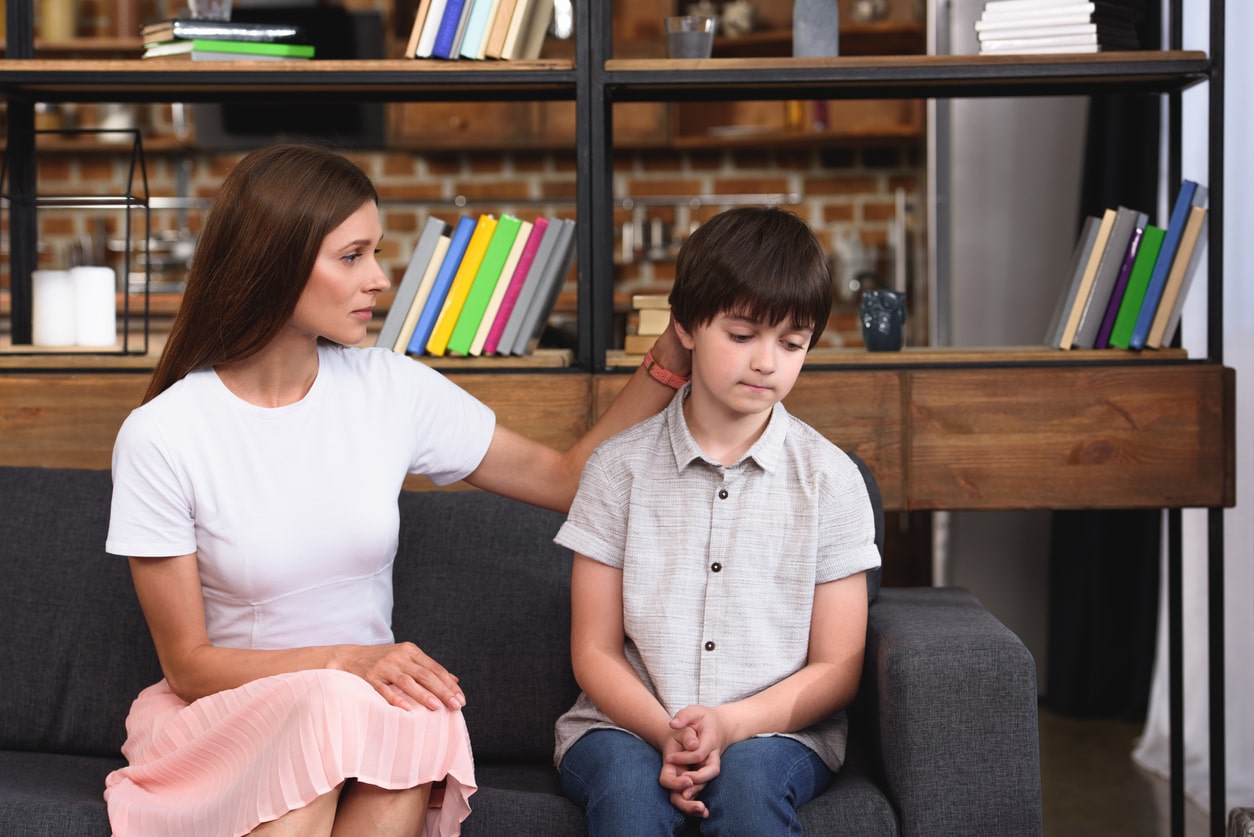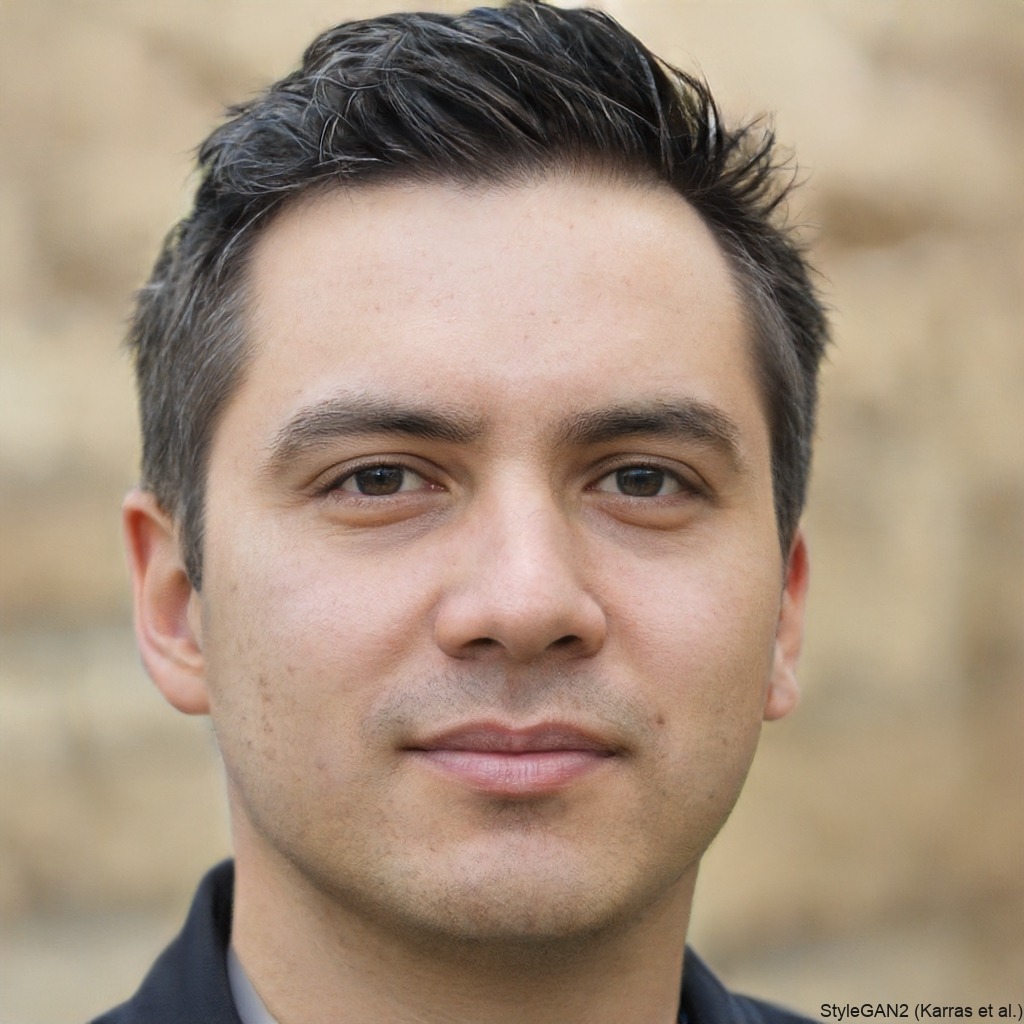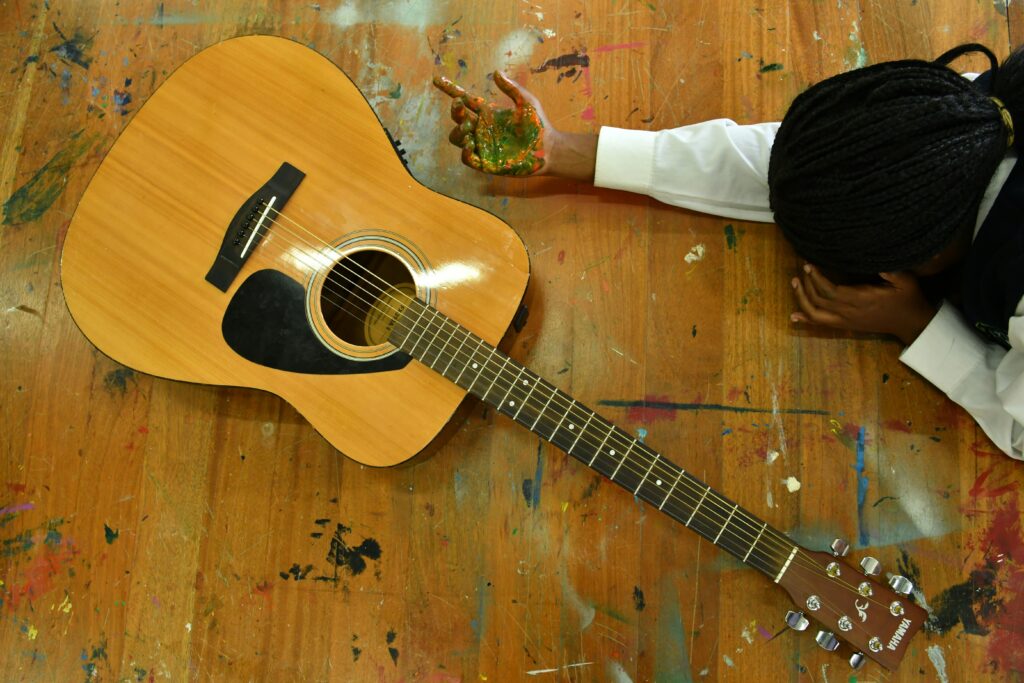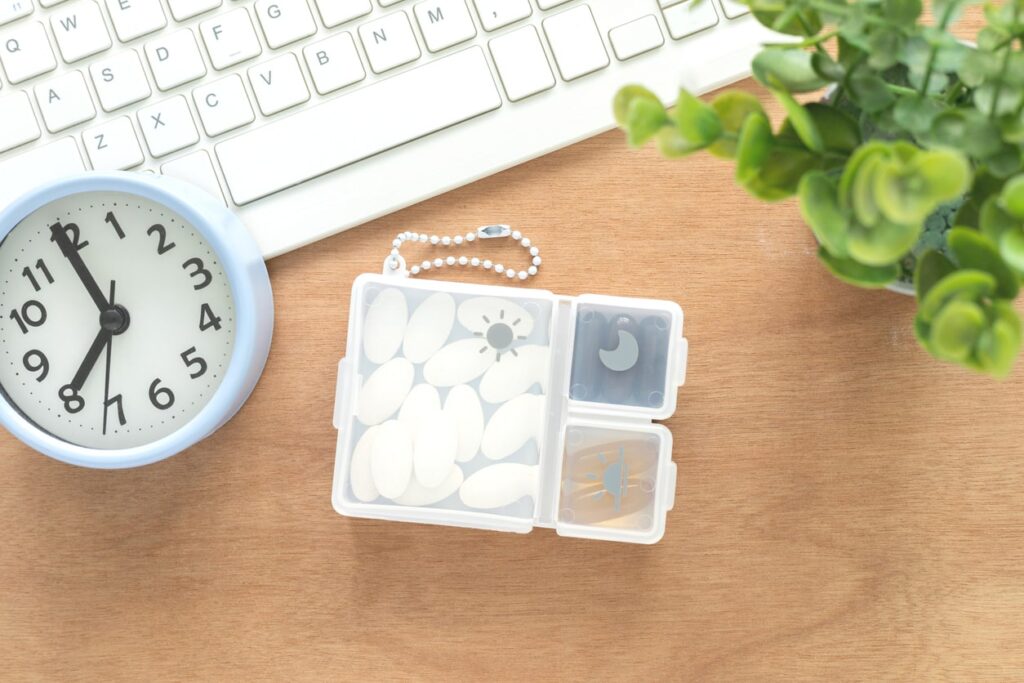Now Reading: Art Therapy for Youth with Substance Abuse: Healing Through Creative Expression
-
01
Art Therapy for Youth with Substance Abuse: Healing Through Creative Expression
Art Therapy for Youth with Substance Abuse: Healing Through Creative Expression

Introduction
Adolescence is a challenging stage of life. When substance abuse enters the picture, it can deeply impact a young person’s mental, emotional, and physical well-being. Traditional talk therapy doesn’t always reach teens in meaningful ways. That’s why art therapy for youth with substance abuse is becoming an increasingly effective tool for healing.
This article explores the benefits of art therapy for youth with substance abuse and how creative expression can support recovery, emotional regulation, and communication.
What Is Art Therapy?
Art therapy is a form of psychotherapy that uses creative processes—like drawing, painting, sculpture, and collage—to help individuals express themselves and explore emotions in a non-verbal way. It’s led by trained therapists who guide participants through activities designed to uncover and process feelings.
According to the American Art Therapy Association, this approach can reduce anxiety, build self-esteem, and improve overall mental health (AATA, 2021).
Why Art Therapy Works for Youth
Teenagers often struggle to articulate their emotions, especially when dealing with addiction. Art therapy for youth with substance abuse allows young people to:
- Express themselves without needing to talk
- Release difficult emotions like anger, shame, or sadness
- Develop coping skills and emotional awareness
- Build trust with therapists and peers
It offers a safe space for youth to process trauma, manage triggers, and rebuild their sense of identity—key components of long-term recovery.
Benefits of Art Therapy for Youth with Substance Abuse
1. Non-Verbal Communication
Many teens feel uncomfortable with direct questions about their substance use. Art gives them another language to express what they’re going through.
“I didn’t know how to say how I felt. But when I painted, I started to understand my own emotions.” – A teen participant
2. Emotional Regulation
Substance abuse often stems from or leads to emotional dysregulation. Through art, youth can learn to manage their emotions in a healthy way. Activities like painting or sculpting help:
- Reduce stress
- Increase focus and mindfulness
- Release built-up tension

3. Boosts Self-Esteem and Confidence
Completing an art project gives a sense of accomplishment. Teens start to see themselves as capable and creative rather than broken or defined by their addiction.
4. Provides a Safe Outlet for Trauma
Many young people who struggle with substance abuse have experienced trauma. Art therapy gently uncovers those memories without forcing verbal disclosure. It creates a bridge between the conscious and unconscious mind.
5. Encourages Engagement in Treatment
Traditional therapy can feel intimidating or boring to youth. Art therapy is hands-on and engaging, which helps keep teens involved in their treatment plan.
Common Art Therapy Techniques for Youth
Different activities are used depending on the therapist’s approach and the teen’s needs. Common methods include:
- Self-portrait drawing to explore identity
- Collage making to express personal goals or challenges
- Clay sculpting to represent emotions or inner conflict
- Painting with music to explore how different emotions feel
These exercises are not about artistic skill but about emotional exploration.
Evidence Supporting Art Therapy in Youth Recovery
Studies show that creative therapies improve treatment outcomes for youth in recovery. A 2020 study in the Journal of Child & Adolescent Substance Abuse found that adolescents who participated in art-based therapy reported improved self-esteem and reduced substance use over time.
Another report from the Substance Abuse and Mental Health Services Administration (SAMHSA) supports using expressive therapies to improve engagement in adolescent treatment programs (SAMHSA, 2019).
Real-Life Story: How Art Changed Emily’s Path
Emily, a 16-year-old struggling with opioid misuse, entered a residential treatment program where art therapy was part of the daily routine. At first, she resisted, saying she “wasn’t an artist.” But as she began to sketch and paint her feelings, she started to open up.
Through her artwork, Emily explored her grief from losing a parent and the pressure she felt to be strong. Her therapist used the images to guide sessions and help her identify healthier coping skills.
“Art therapy gave me a way to feel seen without having to talk all the time. It was the first thing that really helped.” – Emily
Now in recovery, Emily continues to use painting as a grounding tool.
How Families and Professionals Can Support Art Therapy
Parents, counselors, and educators can encourage creative healing by:
- Introducing art supplies at home or school
- Supporting community programs that offer art therapy
- Asking treatment centers about integrating expressive therapies
- Encouraging self-expression through drawing, journaling, or music
How to Access Art Therapy for Youth with Substance Abuse
If you’re interested in art therapy for a teen in your life, here are some steps:
- Contact local treatment centers: Many offer art therapy as part of their programs
- Search for certified art therapists via arttherapy.org
- Check school counselors or youth programs for referrals
- Explore virtual art therapy sessions, which are becoming more common
Make sure the therapist is trained in both addiction treatment and adolescent mental health.
Conclusion
Art therapy for youth with substance abuse is a powerful and compassionate approach to healing. Through creative expression, teens can access emotions they struggle to verbalize, process trauma, and build healthy coping strategies.
This form of therapy meets young people where they are—without judgment, pressure, or expectations—and helps them reconnect with themselves in meaningful ways.
If you or someone you know is navigating youth addiction recovery, consider adding art therapy to the journey. It could be the missing piece that turns silence into strength and pain into purpose.

Kevin Fletcher is a seasoned writer with over 10 years of experience crafting engaging and informative content in the health, fitness, and wellness industries. Passionate about helping readers live healthier lives, Kevin combines research-backed insights with practical tips to inspire positive change.

























